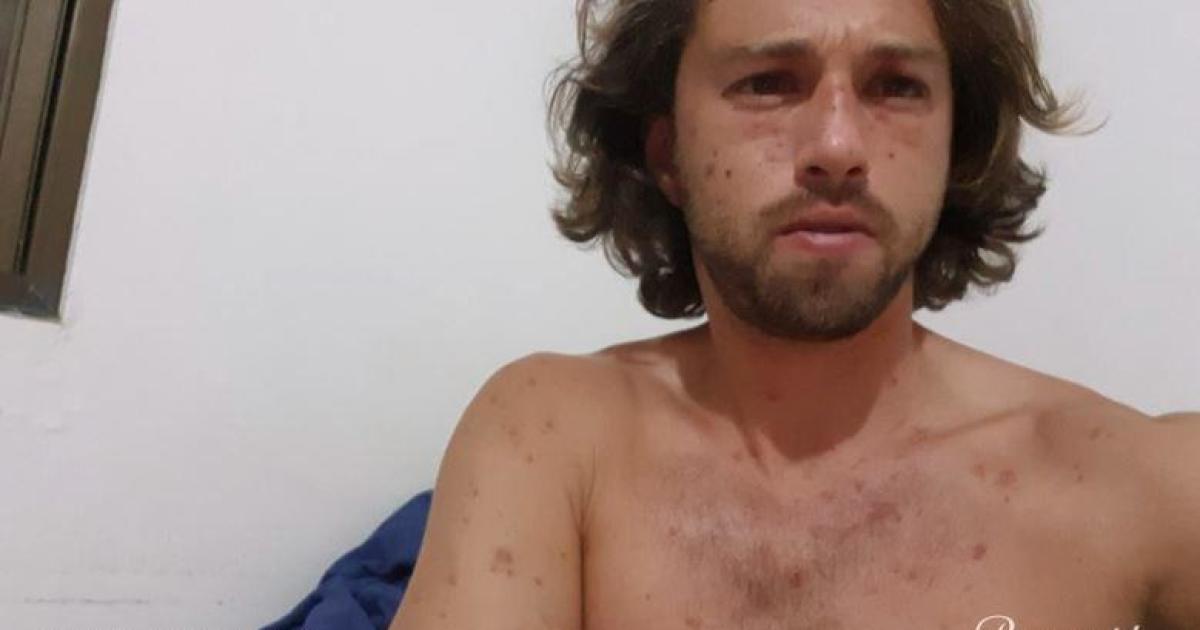The Nova Festival, initially envisioned as a carefree pre-school party, turned into a harrowing ordeal for Eitan Halley and countless others when a Hamas attack shattered the celebratory atmosphere. The affordable tickets and promise of a fun-filled event drew thousands, creating a scene of revelry that was tragically cut short by the brutal reality of war. The unsuspecting attendees, many of whom were young adults looking for an enjoyable experience before the academic year, found themselves caught in a terrifying situation beyond their imagination. The subsequent escape and harrowing shelter ordeal underscored the sudden, violent shift from festivity to a desperate fight for survival. This account delves into the experiences of survivors at the Nova Festival, shedding light on their fight for survival against the backdrop of the devastating October 2023 Hamas attack on Israel.
The Descent into Chaos
The Initial Excitement and Unforeseen Terror
The Nova Festival began as a typical music festival; Eitan Halley and his friends eagerly anticipated the event, drawn by its affordability and the promise of a good time. The excitement of the undisclosed location added to the allure. Little did they know their journey south to Be’er Shiva, a kibbutz near the Gaza border, would soon turn into a desperate flight from unimaginable violence. The idyllic start – setting up tents and enjoying the music – quickly morphed into a terrifying fight for survival. The unexpected barrage of rockets marked a stark shift, transforming the joyful atmosphere into chaos and fear. This sudden transition, from carefree celebration to life-threatening danger, encapsulated the shock and trauma experienced by everyone present.
The Frantic Escape and Bumper-to-Bumper Panic
The sight of a massive rocket barrage sent the festival-goers scrambling for safety. Escape became a race against time amidst the pandemonium. The roads were quickly gridlocked, compounding the distress and making it virtually impossible to maneuver. This mass exodus created a dangerous and chaotic scenario; vehicles were stranded, people were trapped in traffic, and fear was palpable as rockets continued to rain down. The choice to turn down a different route proved a critical one; those who followed the others toward Tel Aviv encountered militants. This desperate choice underscores the critical and immediate nature of the decisions made during the attack – those made between life and death. The sheer volume of rockets and subsequent actions were shocking and traumatic for many attendees.
Seeking Refuge: The Roadside Shelter and its Horrors
A False Sense of Security
The group found temporary refuge in a roadside shelter, an inadequate structure built merely to provide some level of protection. The shelter, which offered minimal security against incoming fire, quickly became overcrowded with other panicked individuals seeking a refuge. The temporary safety offered by the roadside shelter quickly diminished, becoming a battleground rather than a place of respite. It’s importance during their ordeal would become more prominent when other survivors found themselves in the small structure under horrific attacks. The sudden invasion of the roadside shelter by terrorists escalated their situation, making their plight a more desperate and critical moment during their survival.
The Brutal Attack and Heroic Actions
The relative calm within the shelter was brutally shattered by the arrival of Hamas militants. The attackers’ brazen and unrelenting assault is detailed, highlighting acts of immense courage and resilience among the trapped civilians. Aner Shapira’s brave actions, catching and throwing back live grenades, prevented a greater catastrophe within this fragile confines, while illustrating the kind of extreme and horrifying acts performed in the attack and the bravery shown in the aftermath. Shapira’s heroism represents the spirit of resilience and resistance, and his ultimate sacrifice is a moving illustration of selfless courage in the face of overwhelming danger.
Aftermath: Trauma, Loss, and Long-Term Impact
The Survivors’ Ordeal
Halley’s narrative graphically illustrates the brutality of the attack and the enduring trauma it inflicted. The description of the attack on the shelter, of those trying to assist their colleagues or escape, provides clear evidence of the harrowing ordeal those present experienced and it illustrates the profound and immediate effect that their trauma would eventually be shown as their long-term trauma and affects are discussed. The intense details of grenades and weapons being fired, and people dying within such a small area illustrates the sheer chaotic state, and brutality faced during the terrorist attack. This was further compounded by a general feeling of being unsupported during the event; leading to more distress and anguish for survivors. The attack was shocking and sudden; the victims received little to no support from emergency and related services while they were held hostage.
Long-Term Effects and Healing
The psychological impact of the events is significant and profound. Survivors grapple with PTSD, insomnia, hearing loss, and physical wounds. The sheer scale of loss – lives, physical capabilities, emotional health – is almost overwhelming. Many struggle with nightmares and memories. While they still hope that one day they will feel safe to listen to trance music, their trauma leaves scars which are unlikely to ever completely heal. Their accounts leave us with the emotional depth of the impacts the event had on their lives.
Take Away Points:
- The Nova Festival attack underscores the unpredictable nature of modern terrorism.
- The survivors’ experiences highlight the remarkable resilience of the human spirit.
- The events showcase a stark disparity in security and response for Israelis caught in the crossfire.
- The ongoing psychological effects of this kind of violence demand widespread understanding and sustained support.
- The tragedy serves as a poignant reminder of the devastating human cost of conflict.









